
The museum of the future is brewing in the oldest Swiss collection
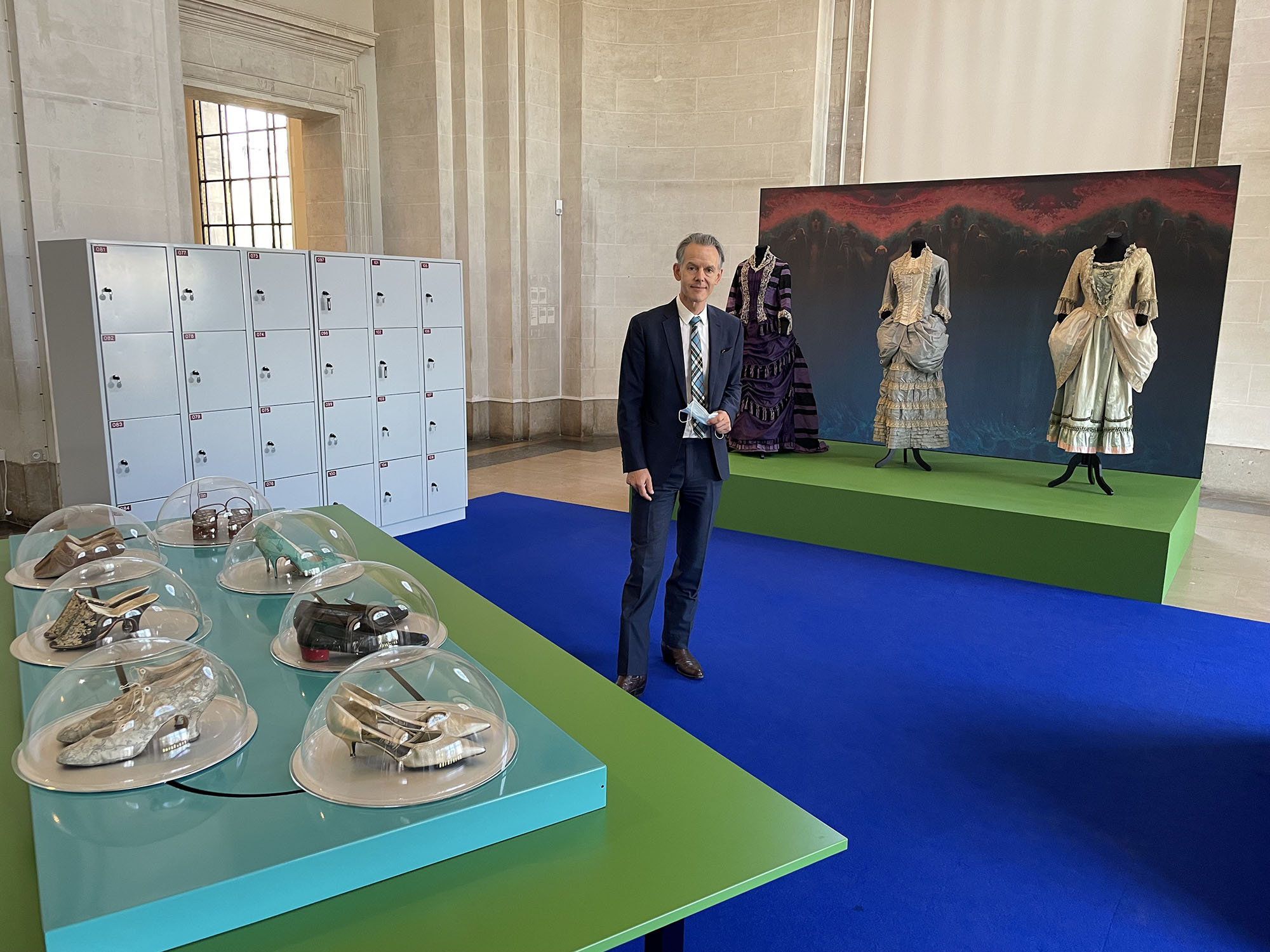
The prolific curator and art critic Marc-Olivier WahlerExternal link, at the head of the Musée d’Art et Histoire of Geneva, explains his radical experiments to expand the museum beyond its four walls – and why he believes that the museum of the future will come from Africa or Asia.
Museums as we know them are an invention of the Enlightment, created in the wake of the encyclopedic drive of the 18th century to enlighten the masses. Over the past 200 years, museums in the West also became a repository of the colonial and imperialistic plunders from all over the world. Little has changed in two centuries in how artworks and artifacts are displayed and categorised.
These outdated conceptions have been strongly challenged by a new generation of curators and museum directors. They not only seek to revert the colonial heritage through the debate about restitutions of artworks to their original countries, but also question how the Museum of the 21st century should function.
Marc-Olivier Wahler is one of these “radical curators” whose career has been largely marked by experimentation and by trying to answer two main questions (or obsessions, as he puts it): how to inhabit an arts space, and what makes an object an art work?
After two tenures at the renowned Palais de TokyoExternal link (2006-2012), Paris’ most high-profile center for contemporary arts, and another stint at the Eli and Edythe Broad Art MuseumExternal link at Michigan State University (2016-19), he took over the Musée d’Art et Histoire de GenèveExternal link, which holds Switzerland’s oldest collection of artworks, artifacts, and archaeological objects (since 1776). That’s where he joined SWI swissinfo.ch for a long conversation on contemporary art and the future of museums.

SWI: After the Palais de Tokyo, an art space without a collection, you are now directing a traditional Swiss museum with a huge collection. Does it mark a rupture in your career?
MOW: It is a continuity. In the Palais de Tokyo you work in a horizontal level – directly with the artist, with creation, innovation, on a higher speed – exhibitions are made rather quickly. But with a collection you can work on both axes, both horizontally and vertically. Following what I did in Michigan at MSU Board, here I continue to focus on what it means to be contemporary art with the basis of a collection.
I keep asking myself how to define an institution nowadays. In 1995 I wrote an article called “How can we inhabit an art venue?” (Comment habiter un lieu d’art?). This question is the foundation of everything I have done since my time running the Centre d’Art Neuchâtel (CAN). You entered a café-restaurant and then, through a backdoor, you went up the stairs to arrive at an arts center.
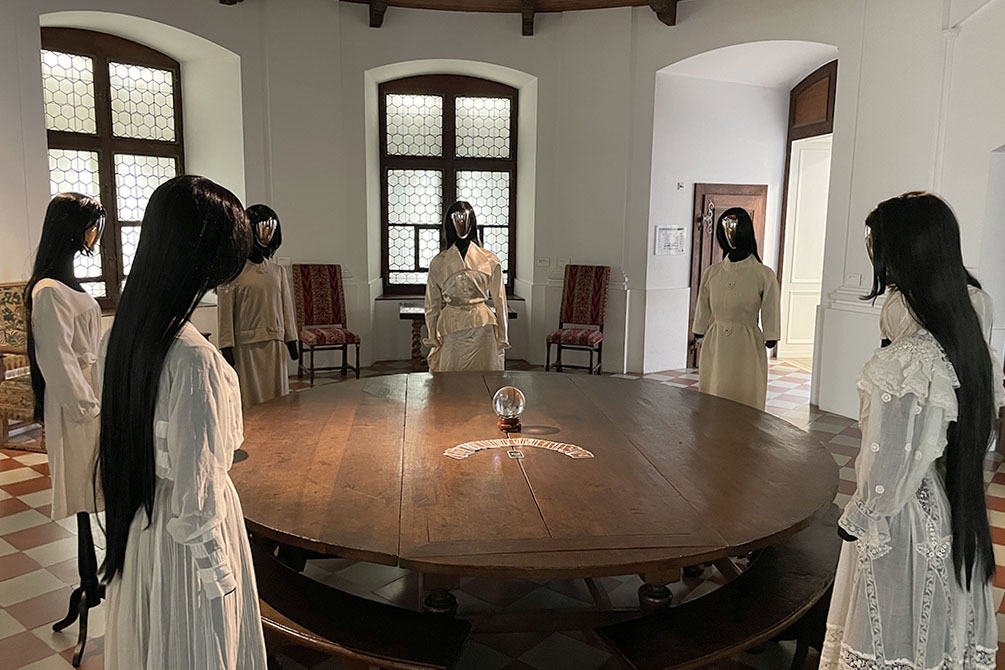
SWI: What type of audience are you looking for?
MOW: The question “why would people come to these places?” is very central for me. The answer is obvious if you are interested in the arts, or if you’re lucky to have parents that took you to art venues and museums, for instance. But most people don’t have this exposure, so why would they come? I faced the same question. I wasn’t born in a family interested in art and everything I encountered was by chance. In the Neuchâtel of my youth there was no contemporary art scene. That’s why I rely so much in this kind of serendipity to help people get the chance to encounter art.
In 2007 or 2008, [the British newspaper] The Guardian made a review of Paris, with a guide and ratings, and the Palais de Tokyo was chosen as the number one place to go on a date. I thought, ‘Hell, I try to make radical exhibitions and that’s the response I get (laughs)!’ But then I thought again, and said to myself that it’s great to go to the Palais de Tokyo and fall in love. The exhibition will mark your memory forever!
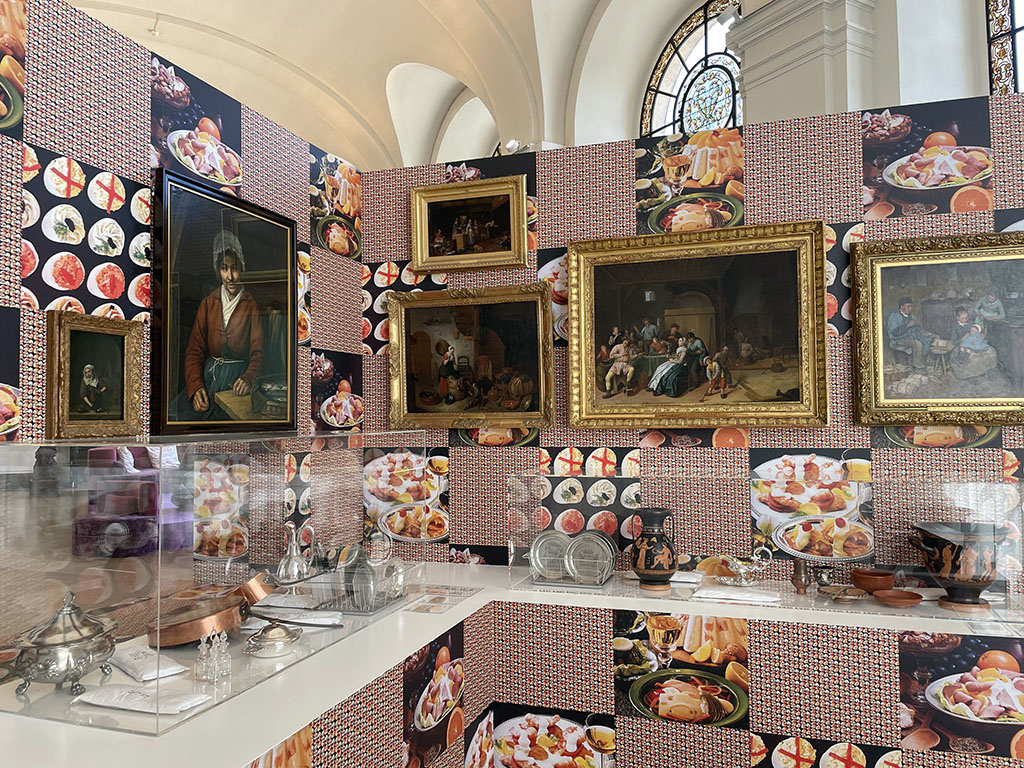
SWI: How do you make people fall in love with art now in Geneva?
MOW: If you can show that everything you have in a museum was once contemporary, that’s a way to connect people, periods, and build something much broader than contemporary art.
Here we have, among other crafts, horlogerie (watchmaking), numismatic, applied art. Maybe it was not artists per se who produced these works but craftsmen with a very creative mind – I don’t differentiate between a craftsman with a creative mind and an artist.
SWI: This is an old and yet very current question. How can you artistically evaluate an artifact or an object?
MOW: Many philosophers have preoccupied themselves with this question, especially after [Marcel] DuchampExternal link, but no one has really come up with an answer.
When I finished my work at the Palais de Tokyo, I couldn’t find another institution where I’d be as excited and challenged, so I decided to create one, the Chalet SocietyExternal link. The space was a kind of school. It was an intimate space where I could experiment with outsider artists.
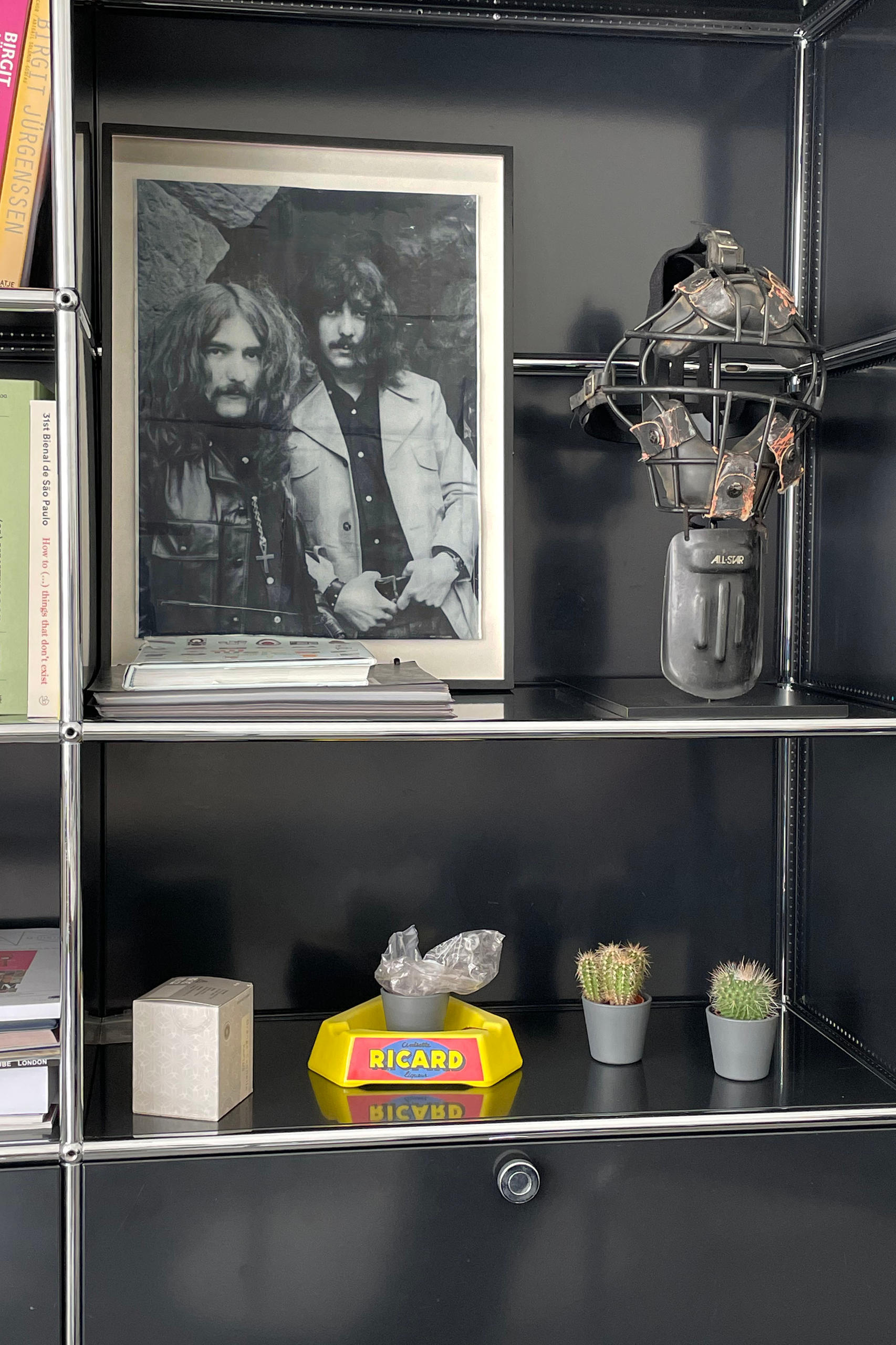
There I exhibited this collectionExternal link of pedagogic objects belonging to [artist] Jim Shaw, produced by religious orders and sects as propaganda for their disciples. This certainly cannot be seen as art. But Jim’s selection was of works made by highly talented artists: painters, draughtsmen, designers, photographers. You couldn’t see them as art, but it was also impossible to see them as ordinary objects. It was in-between.
If it was shown at the Palais de Tokyo, it would immediately be considered art. Once you enter a museum there is an institutional authority that says, ‘what you’re going to see here is art’. But the Chalet Society was not recognised as an art institution, so you were still able to see this tension between ordinary object and artwork.
SWI: That’s why you mention Duchamp and his critique of artworks with his “Fountain” (the pissoir)?
MOW: That was what Duchamp was trying to achieve, and in 1917 it was very easy to transfigure an ordinary object into a piece of art. But then he spent the rest of his life – and that’s his drama – trying not to go in reverse, back to the ordinary object, but to ask, ‘can we do work that is not artwork?’
He also spent the rest of his life saying, ‘I’m not an artist, I’m an engineer’, and trying many things. I think that he succeeded but the public wasn’t ready for that because the hierarchies and categories until the 1990s were still very strong. Only in the last 15 years have people begun to consider this type of “in-betweenness”.

SWI: Considering the enormous artistic production of the last decades, is the importance of the curator augmented because he or she is the only one capable of making sense of all this production?
MOW: [Joseph] Beuys said that everyone is an artist, but now anyone can also be a curator. Making shopping lists is curating, for instance. And everyone is a collector, too. So, what does it all mean?
There is good art and bad art. Whether it is good or not depends only on your taste. This is very disorienting for people, because we cannot rely on a higher authority.
Your taste is based on your own story and your own beliefs. The more an object is interpreted, the more coherent, dense, efficient it will be. With one, two interpretations, you have a simple chair; with three or four, a design chair; with five, six, seven, maybe it becomes an artwork; with 15, 20, it becomes a masterpiece.
What I mean is that even a well-crafted artwork, say, a 19th century academic painting, which has only one or maybe two interpretations, might not be good. That’s why Duchamp is probably one of the greatest artists: every generation rediscovers him with new interpretations.
SWI: So how do you manage these beliefs when you work in an institution and have to deliver and communicate it to an audience?
MOW: It’s your responsibility to present it in such a way that you keep the object as it should be, in a neutral way, but also build the conditions so the visitor is free to put his or her interpretation without feeling intimidated by the authority of the institution.
SWI: Is this a guideline for the museum of the future?
MOW: Not just a guideline. In the last 10 or 15 years, it has become obvious that the museum as we know it is going to change. You have hundreds of articles and books about the museum of the future, everyone is asking questions, but no one knows the answer.
I don’t have an answer either but now I have ten years to think about it and to experiment.
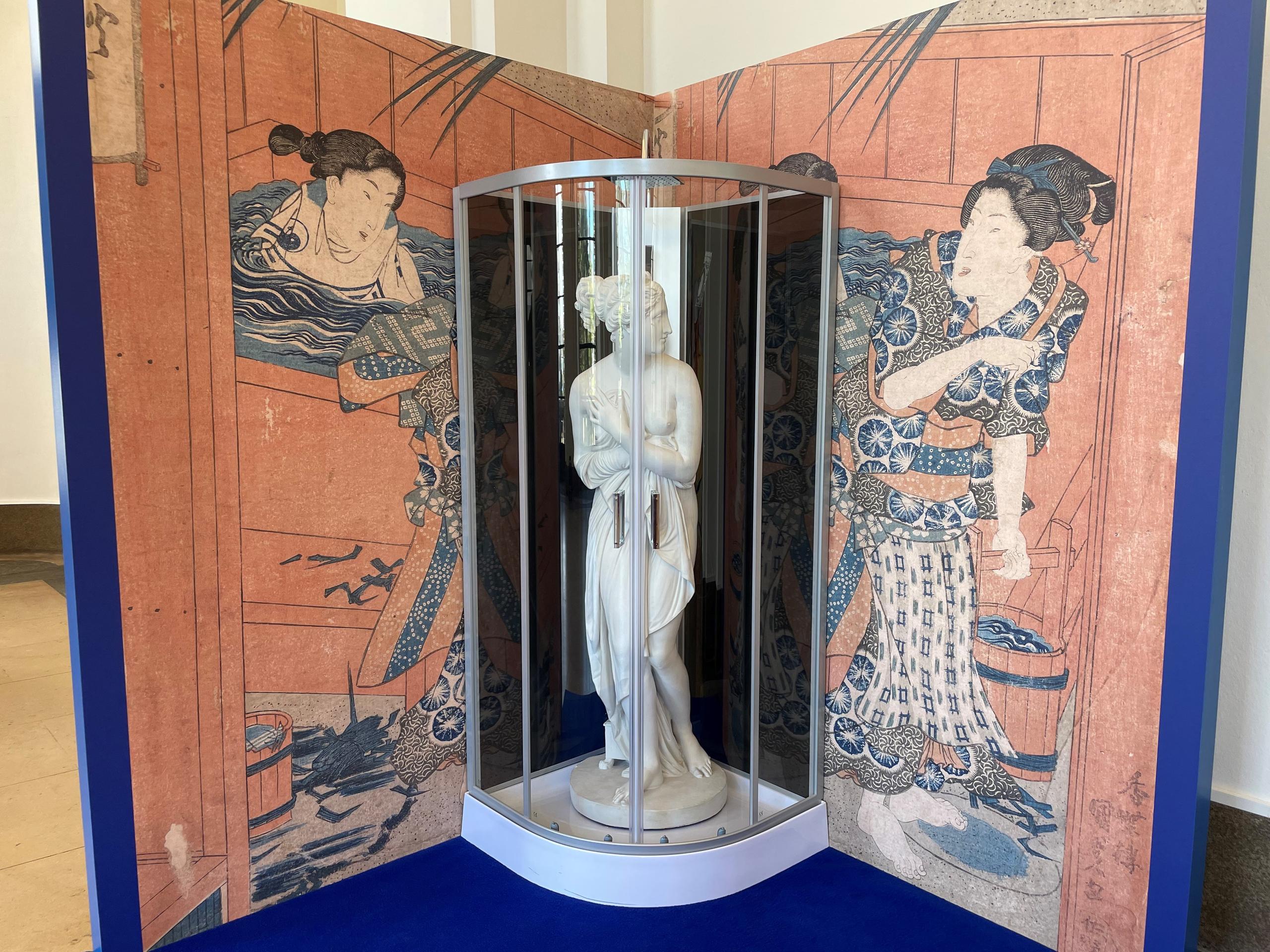
SWI: What can you say about it so far?
MOW: For me one thing is certain: the museum must be also an urban project. Almost all the articles and analyses I see about the museum of the future always look at what happens within the four walls of the museum.
But for me the museum has to expand as an urban project where the people who would come don’t really know if they are already in the museum or still on the street. Imagine that you are skateboarding and suddenly you find yourself inside an exhibition.
SWI: So you intend to break the walls and expand into the street?
MOW: Yes, I want to make it part of the urban planning. The best example I can find, related to our context now, is the Beaubourg, as it opened in 1977External link. There, the space was meant to act as a passage between two streets. It lasted three years while (Swedish curator) Pontus HulténExternal link was the director, but afterwards the administration destroyed the whole plan.
SWI: There remains the question of the origins of the collection, and the current debate on restitution of looted artifacts during colonial times. The very concept of a museum is a Western idea, so how does this issue relate to the future of museums?
MOW: Take this issue around cancel culture. Were I to display a statue of someone involved in the slave trade, for example, I would keep it and bring the right information, because it is part of our culture. With the museums it’s the same. The museum is a Western, colonial invention and we don’t have to edulcorate it, we have to embrace that. But with all the critical tools to make people understand our past and why this kind of tools are needed.
Thinking about the museum of tomorrow, I think the answer will come from Africa or from some parts of Asia. Not from North America or Europe. There they have many constraints when they want to show some works, and even with the Western mindset, they have to find a creative way to show them.
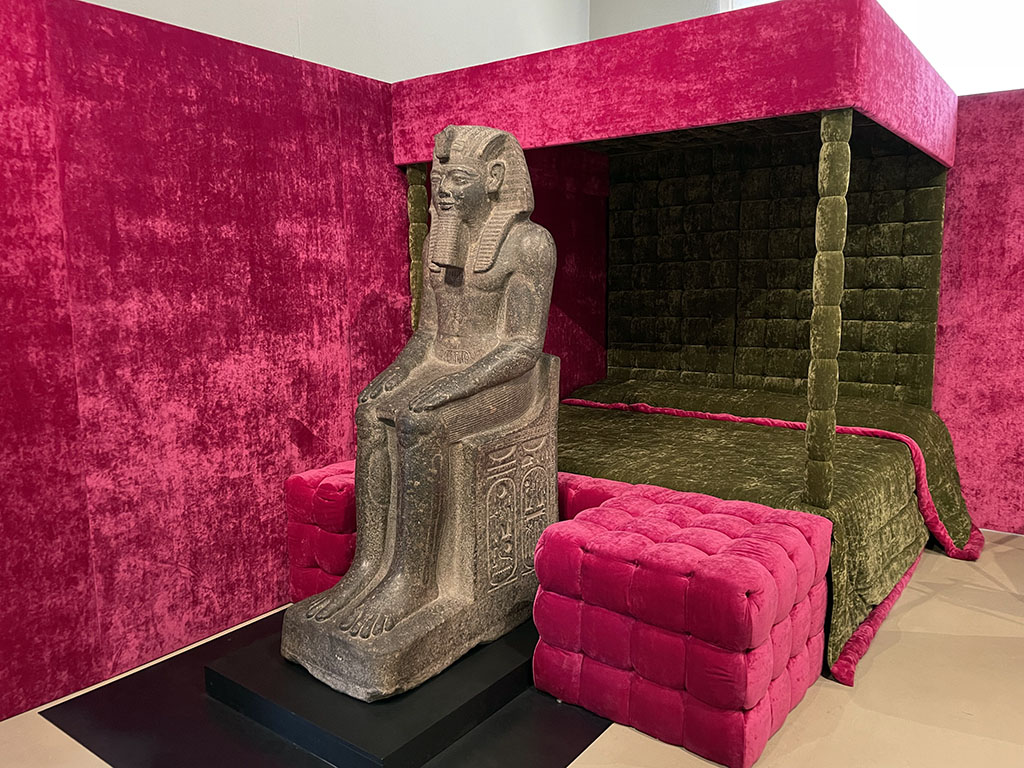

In compliance with the JTI standards
More: SWI swissinfo.ch certified by the Journalism Trust Initiative






























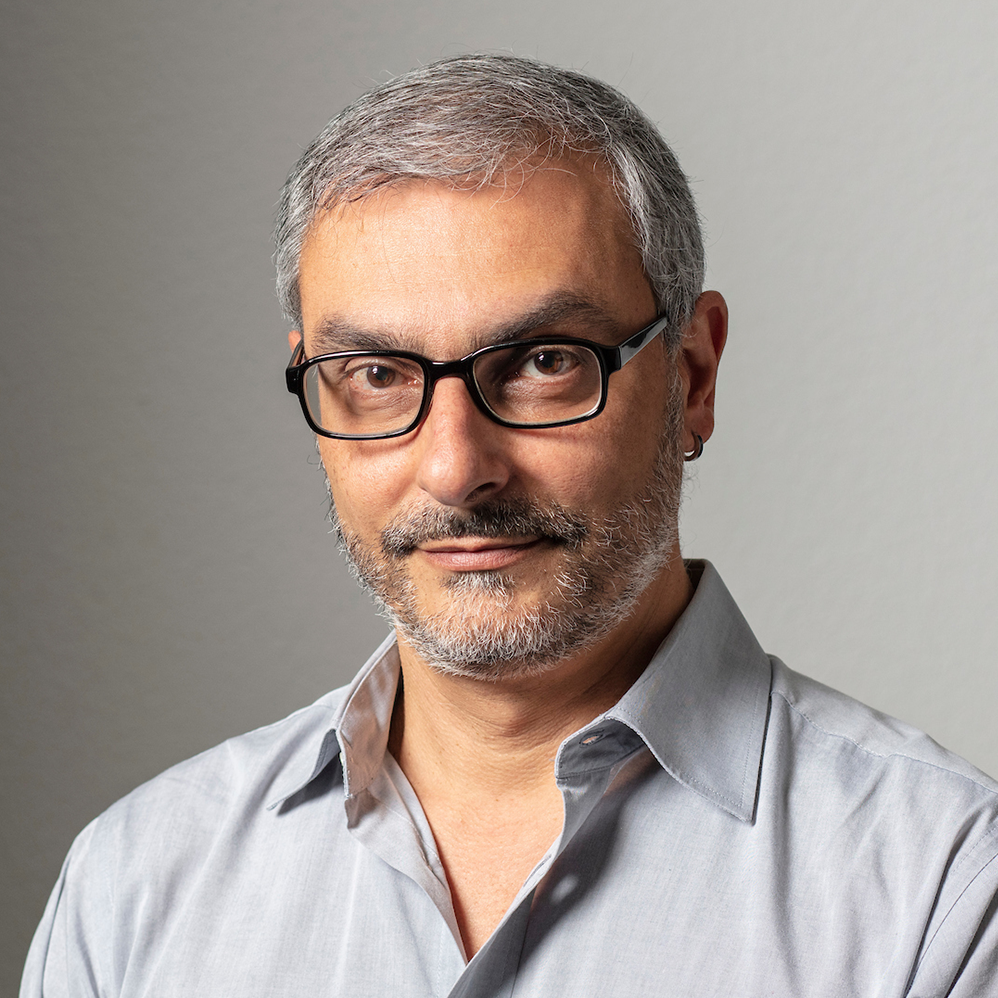
You can find an overview of ongoing debates with our journalists here . Please join us!
If you want to start a conversation about a topic raised in this article or want to report factual errors, email us at english@swissinfo.ch.